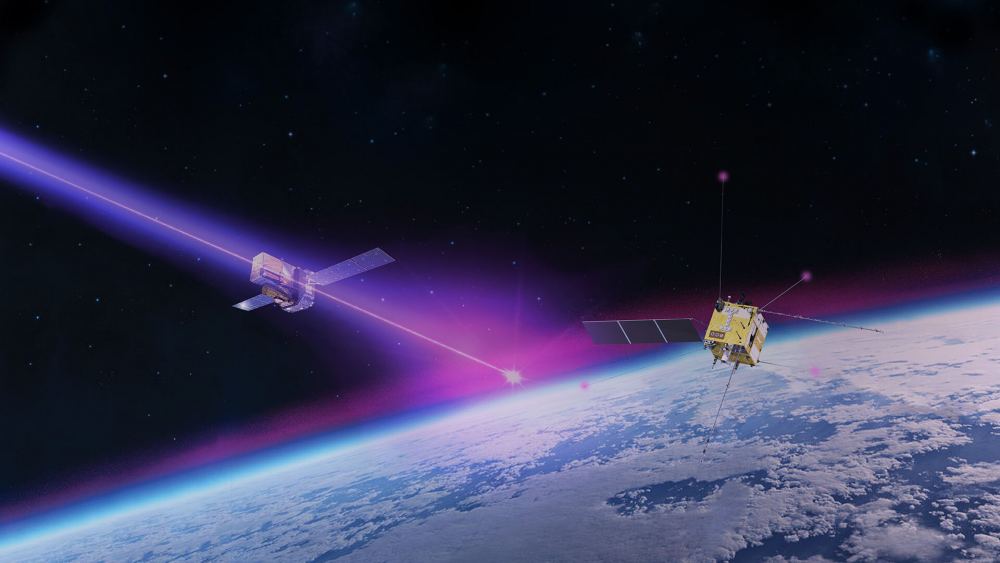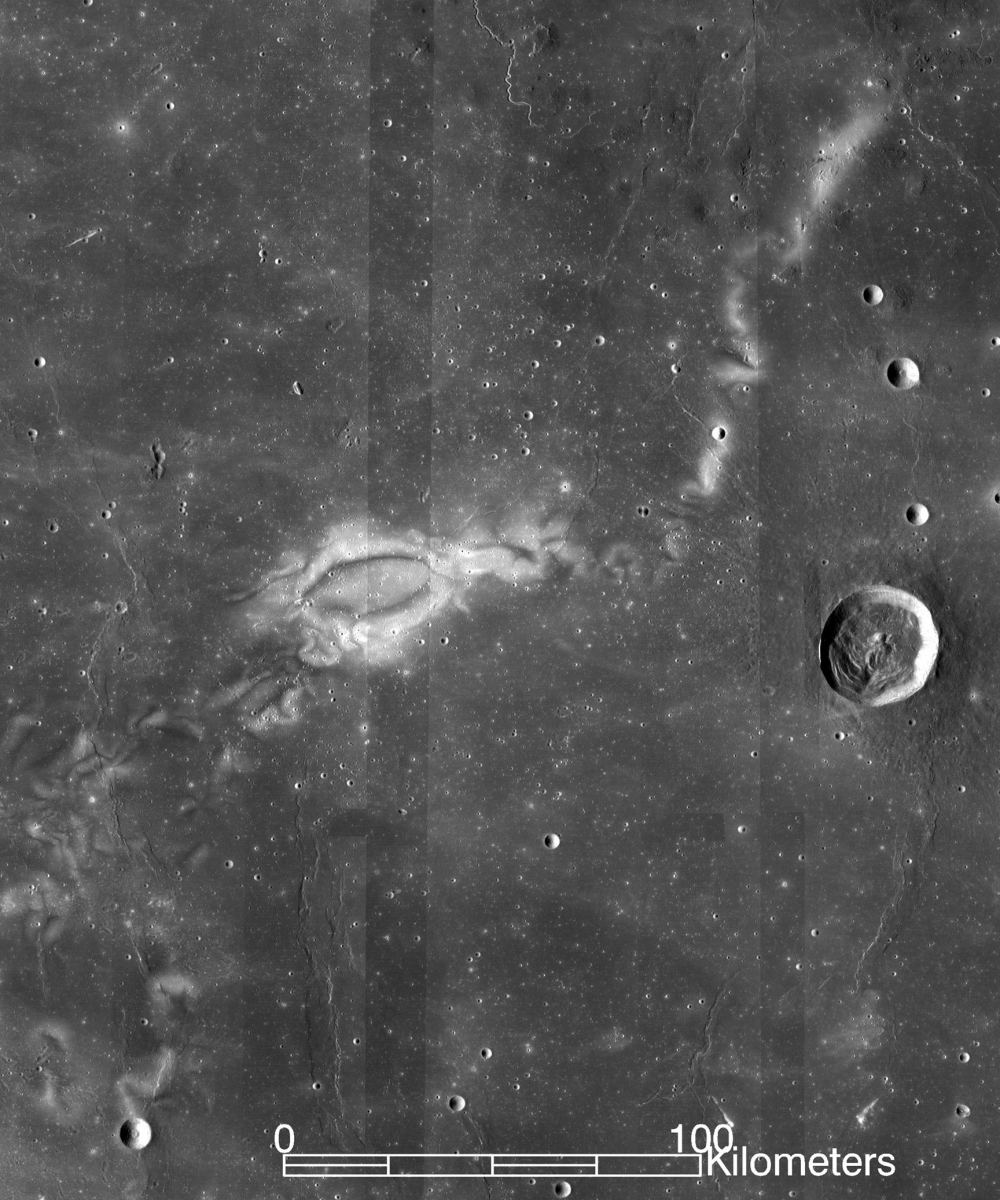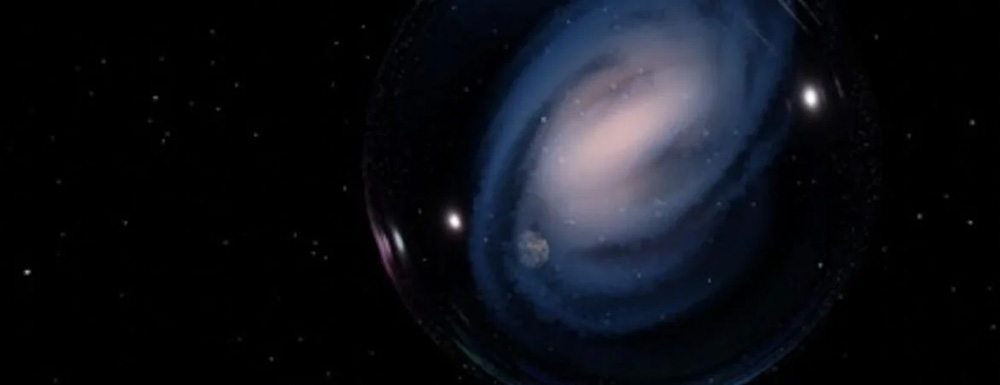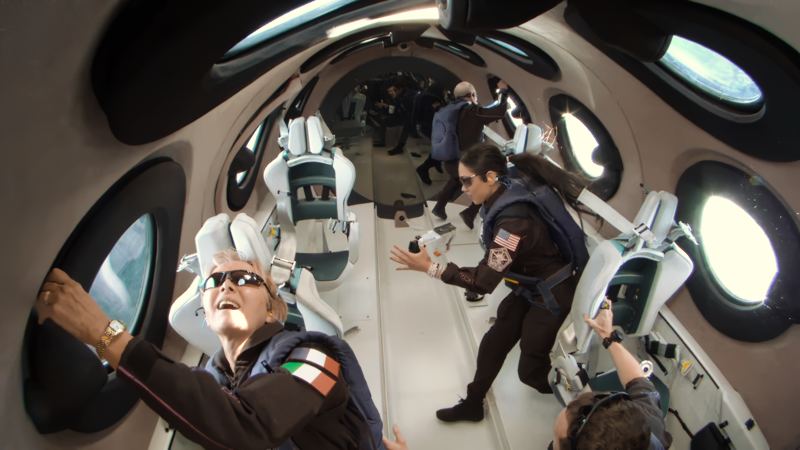We all know that to have life on a world, you need three critical items: water, warmth, and food. Now add to that a factor called “entropy”. It plays a role in determining if a given planet can sustain and grow complex life.
Continue reading “Entropy is the Key to a Planet’s Habitability”How Do Superflares Get So Powerful?
We live with a star that sends out flares powerful enough to disrupt things here on Earth. Telecommunications, power grids, even life itself, are affected by strong solar activity. But, the Sun’s testy outbursts are almost nothing compared to the superflares emitted by other stars. Why do flares happen? And what’s going on at distant stars to ramp up the power of their flares?
Continue reading “How Do Superflares Get So Powerful?”Three Baby Stars Found at the Heart of the Milky Way

The core of our Milky Way is buzzing with stars. Recently astronomers reported that it contains at least one ancient star that formed outside our galaxy. Now, an international research team reports finding a grouping of very young ones there, as well. Their presence upends ideas about star birth in that densely packed region of space.
Continue reading “Three Baby Stars Found at the Heart of the Milky Way”A Star Near the Center of the Milky Way is a Visitor from Beyond

There’s an alien red giant star orbiting in the center of our galaxy. It’s called S0-6 and has chemical fingerprints from its birthplace far outside the Milky Way. This ancient star is spiraling slowly in toward the supermassive black hole Sagittarius A* (Sgr A*) at the heart of the Milky Way. Eventually, it could get drawn into the black hole and destroyed after traveling for tens of thousands of years to get there.
Continue reading “A Star Near the Center of the Milky Way is a Visitor from Beyond”In 1872, a Solar Storm Hit the Earth Generating Auroras from the Tropics to the Poles

Imagine a solar storm generating auroral displays across the entire sky. No, we haven’t quite seen them that strong in the current solar cycle. But, back in February 1872, people around the world reported seeing brilliant northern and southern lights. The culprit? A medium-sized sunspot group that unleased a torrent of charged particles in a coronal mass ejection directed toward Earth.
Continue reading “In 1872, a Solar Storm Hit the Earth Generating Auroras from the Tropics to the Poles”A Gamma-ray Burst Disturbed the Earth’s Ionosphere

You’d think that something happening billions of light-years away wouldn’t affect Earth, right? Well, in 2002, a burst of gamma rays lasting 800 seconds actually impacted our planet. They came from a powerful and very distant supernova explosion. Its gamma-ray bombardment disturbed our planet’s ionosphere and activated lightning detectors in India.
Continue reading “A Gamma-ray Burst Disturbed the Earth’s Ionosphere”The Early Universe Had No Problem Making Barred Spiral Galaxies
Spiral galaxies like the Milky Way are like cosmic snowflakes—no two are exactly alike. For many years, astronomers thought spirals couldn’t exist until the universe was about half its present age. Now, a newly discovered galaxy in the early Universe is challenging that idea.
Continue reading “The Early Universe Had No Problem Making Barred Spiral Galaxies”It’s Time for the Mars Rovers to Hunker Down and Wait for the Earth to Return

If you’ve noticed a slowdown in Mars news lately, it’s because of the Sun. Or, rather, it’s because the Sun is temporarily blocking our “view” of the Red Planet, which is on the other side of the Sun from Earth, in what’s called “Mars Solar Conjunction.”
Continue reading “It’s Time for the Mars Rovers to Hunker Down and Wait for the Earth to Return”The Lunar Swirl Mystery Deepens

For years, people noticed strange features on the Moon dubbed “Lunar Swirls.” They’re bright regions that appear to be concentrations of lighter-colored material on the surface. It turns out that interactions between the solar wind and magnetic regions on the Moon may play a role at two sites.
Continue reading “The Lunar Swirl Mystery Deepens”Virgin Galactic Flies Science Experiments to the Edge of Space
On November 2, Virgin Galactic flew Unity 2 on the Galactic 05 mission. It carried two scientists, a private tourist, and an astronaut trainer on a sub-orbital trip flown by Pilots Mike Masucci and Kelly Latimer. It was the company’s sixth successful flight in six months and the last for 2023.
Continue reading “Virgin Galactic Flies Science Experiments to the Edge of Space”



